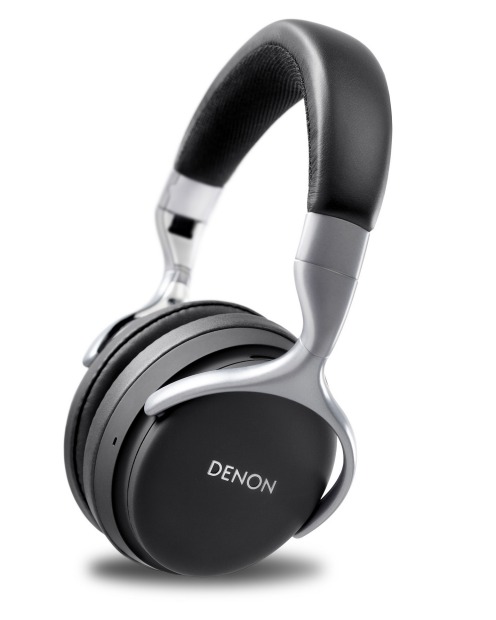Ambient noise is a modern-day scourge. It robs you of your concentration, reduces your productivity, distracts your attention and may even threaten your sanity or your life.
For the business traveller or anyone who simply works in a noisy environment, achieving a little quiet can be a boon for concentration and, therefore, productivity.
Say hello to your new best friend: noise-cancelling headphones.
The sound of science
Developed originally for the aviation industry to reduce the noise experienced in plane or helicopter cockpits, noise-cancelling headphones use sophisticated audio sampling technology to remove ambient sound from the listener's audio experience.
Since those first designs in the 1950s, you'll now find a large range of consumer models to suit almost any setting, work or play. This is great news for anyone wanting to up their game at work or simply perform at their best while travelling.
Professor Stephen O'Leary, Head of ENT Surgery at The University of Melbourne, Royal Victorian Ear and Eye Hospital, believes the impact of ambient noise on overall productivity cannot be underestimated.
"From a medical point of view, a low degree of ambient noise is actually helpful to tell you about your general environment," said Professor O'Leary.
"But when you get into a situation when those sounds are too loud, we're talking about disturbing levels of noise.
"The most likely situation is air travel. There are noisy things like baggage movement, and other people and their conversations. Anything that distracts you is very bad for concentration, therefore very bad for clear thinking and planning, and very bad for memory."
A 2012 study published in the International Journal of Hygiene and Environmental Health found that background noise – ranging from normal conversation to aircraft movement noise - had a noticeable affect on the study participants, affecting both cognitive learning abilities and stress levels.
For Professor O'Leary, there are a few solutions: "Noise cancelling headphones is one way to deal with this. Noise isolating headphones is also another."
Passive vs. active
Chances are you've been using a pair of noise-isolating headphones for quite some time.
Noise isolation is a passive measure to block out extraneous sound, by using 'always on' solutions in the design and construction of the headphones, even before electronic circuitry is employed.
Passive measures can include foam earpads that cover the ears and block out sound or earbuds that insert into the ear canal and seal out extraneous noise.
Active noise cancellation takes you a big step further, by using built-in microphones and noise sampling technology to introduce what is best described as 'anti-noise' into the listener's audio feed to cancel out environmental noise – such as the hum of an aircraft cabin or din of an open-plan office – allowing the original audio signal to be perceived unhindered.
Many noise-cancelling headphones combine both technologies, ensuring you still enjoy a positive audio experience, even when the power runs out.
Of course, you can also simply switch on the noise cancellation feature without playing music to enjoy as much silence as your headphones can offer. Just bear in mind that this technology can only go so far – complete silence is only found on a mountaintop.
Master of cool
Just because they're built for function, doesn't mean you have to sacrifice style to achieve your own personal fortress of solitude.
Many headphones today walk a cool line between form and function, combining sophisticated technology with superb design aesthetics to create veritable works of art.
From retro-infused living room 'cans' to cutting-edge future-forward wonders of technology, a careful search will yield the perfect pair to match your lifestyle.
Remember: the primary concern with noise-cancelling headphones is ambient noise reduction, not authentic music reproduction. If you seek the latter, check out our advice here.
Scroll through the gallery above to see the current crop of cracker headphones.


























































